Ice blocks, misters and dips in the pool: How zoo animals are coping with record heat
Imagine you're an alpaca. You're completely covered in fleece. Now imagine you're Noel, a fleece-covered alpaca at a zoo in Akron, Ohio, where a heat advisory is in effect through the weekend, and a zookeeper has just spritzed you with a garden hose while filling your pool.
How would you respond? Well, with alpaca kisses, of course.
"While filling the pool, she was spraying Noel and helping him cool off," said Akron Zoo spokesperson Elena Bell. "He was so appreciative."
Beastly temperatures nationwide have forced an early hand from zoo teams used to closely monitoring animal comfort and behavior during warm summer months. In response, zookeepers are taking measures to make sure their resident critters stay cool and studying how they respond to better serve them in the future.
In many ways, zoo animals are not unlike us: They enjoy frolicking in pools, chipping at ice blocks and nibbling on popsicles when it gets hot.
In Akron, Luca the juvenile Andean condor has spent time pecking at ice between sessions of ripping apart paper, an exercise meant to mimic the bird’s natural behavior of ripping apart carcasses. Meanwhile, Bell said, Sumini, the zoo’s female Sumatran tiger, has been enjoying extra pool time, gnawing at ice blocks filled with blood and chunks of meat.
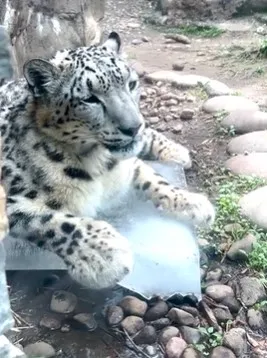
Peccaries and tortoises around the country are lollygagging in regularly replenished wallows, while others find comfort under misters. Big cats and spotted hyenas feast on bloodsicles, which are exactly what they sound like – frozen blocks of leftover blood saved during preparation of their standard raw-meat diets.
“We freeze the juice that comes off their regular diet,” said Chris Massaro of ZooTampa at Lowry Park in Tampa, Florida, where such treats are prepared for the facility’s clouded leopards. “Like if you buy a steak at the supermarket and pull the juice out, we freeze that and make a popsicle out of it.”
Such measures help keep animals from overheating while adhering to their regular diet, said Massaro, the zoo's senior vice president of zoological operations.
Frozen treats have been added to many animals’ menus at the zoo, most recently thanks to 150 pounds of shaved ice donated by a local business. The zoo’s nutrition center made snowballs for its orangutans and a watermelon-infused ice block for its Southeast Asian sun bear.
Keeping zoo animals stimulated as they beat the heat
Zoo staff ensure that conditions, too, evoke animals' natural habitats. Rhinos, for instance, can wallow around as they would in the wild, coating their skin with mud to protect themselves from the sun.
“We provide them with everything they would utilize in the wild as cooling techniques,” Massaro said. “We provide what they like and what they need so they have a happy, healthy life here at the zoo."
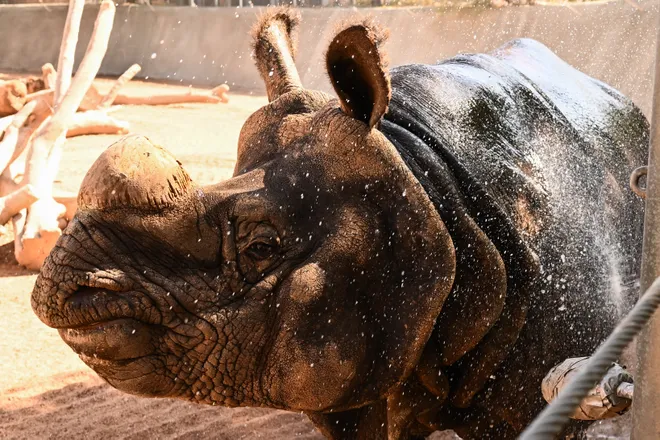
That doesn’t mean it can’t be fun. Zoo staff strive to keep animals both physically and mentally stimulated, even as they beat the heat. Animals that eat fish, for example, are given buckets full of frozen fish.
"It takes a while to melt, and they can play around with it,” Massaro said.
Zoos typically build animal populations whose natural habitats are similar to their zoo homes. At the Phoenix Zoo in Arizona, for example, the vast majority of animals safely thrive in extreme temperatures.
“The Arizona Trail houses animals who are all native to Arizona and, therefore, familiar with the heat,” the zoo’s website states.
Other animals’ native regions are similarly dry and arid, such as Africa or the Middle East, from which the zoo’s lions, giraffes, cheetahs and Arabian onyx originate.
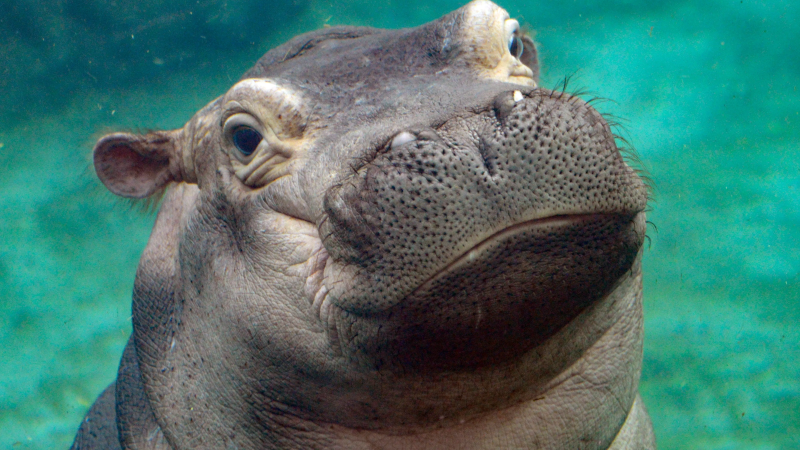
But Phoenix zookeepers have taken additional measures to supplement animals’ natural heat acclimation, including regularly maintained pools for the lion, elephant, rhinoceros and Andean bear and misters for the zoo's elephant and monkey habitats.
Other animals get a periodic dousing with a sprinkler or garden hose. Slabs with cold water piped underneath help keep tigers from overheating. Tortoises and warty pigs cool off in wallows, and the zoo’s orangutan has an air-conditioned space in which to find solace.
Fans, misters, ice treats with frozen bugs
At the Cincinnati Zoo and Botanical Garden in Ohio, a young Black rhino – rarely seen licking – eagerly lapped at a frozen treat while a clutch of elephants took a dip in their giant pond.
In Massachusetts, large shade sails with misters have been erected throughout the Gorilla Grove habitat at Franklin Park Zoo in Boston, where gorillas now snack on frozen berries and diluted fruit juice.
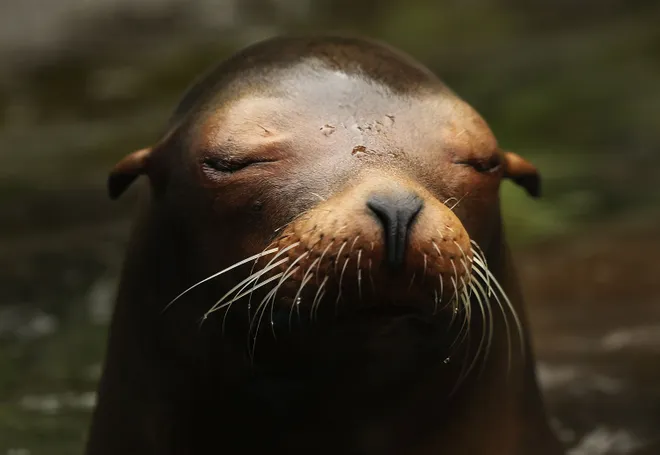
In the zoo’s tropical forest exhibit, ring-tailed lemurs get ice treats packing frozen bugs, while the De Brazza’s monkeys – a mostly arboreal species native to central Africa and known for their beards and orange crowns – have been noshing on the equivalent of frozen fruit bars. Red pandas frolic under misters and a cooling platform.
A half-hour north in Stoneham, Massachusetts, Stone Zoo staff installed a mister and fan for the yak, extra fans for the reindeer and wolves and misters for the zoo’s Caribbean flamingos, peregrine falcon and African-spurred tortoises.
At some zoos, animals receive optional, off-exhibit access to cooler indoor space so they can chill out behind the scenes. At Stone Zoo, that includes the jaguar, snow leopards, black bears and white-cheeked gibbons.
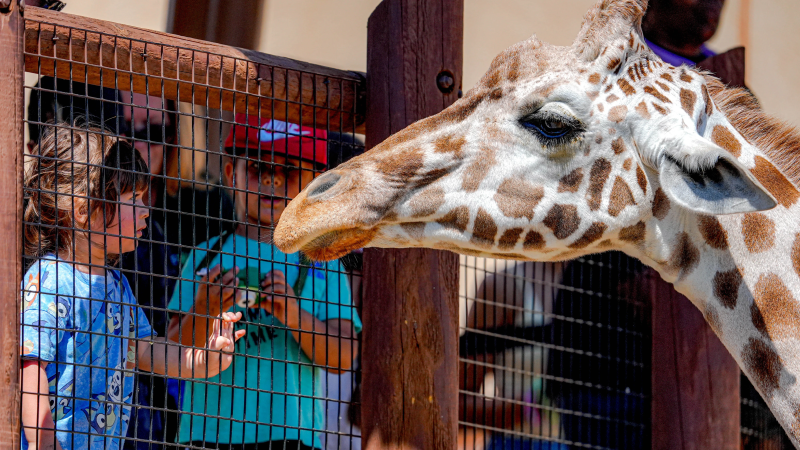
Giving animals choices and observing what they do helps guide future care for zoo staff, said Massaro, of ZooTampa.
“The more we can provide them with opportunities and see how they choose to spend their days, the more we can understand what they prefer,” he said. “We’re seeing what works.”
Disclaimer: The copyright of this article belongs to the original author. Reposting this article is solely for the purpose of information dissemination and does not constitute any investment advice. If there is any infringement, please contact us immediately. We will make corrections or deletions as necessary. Thank you.







